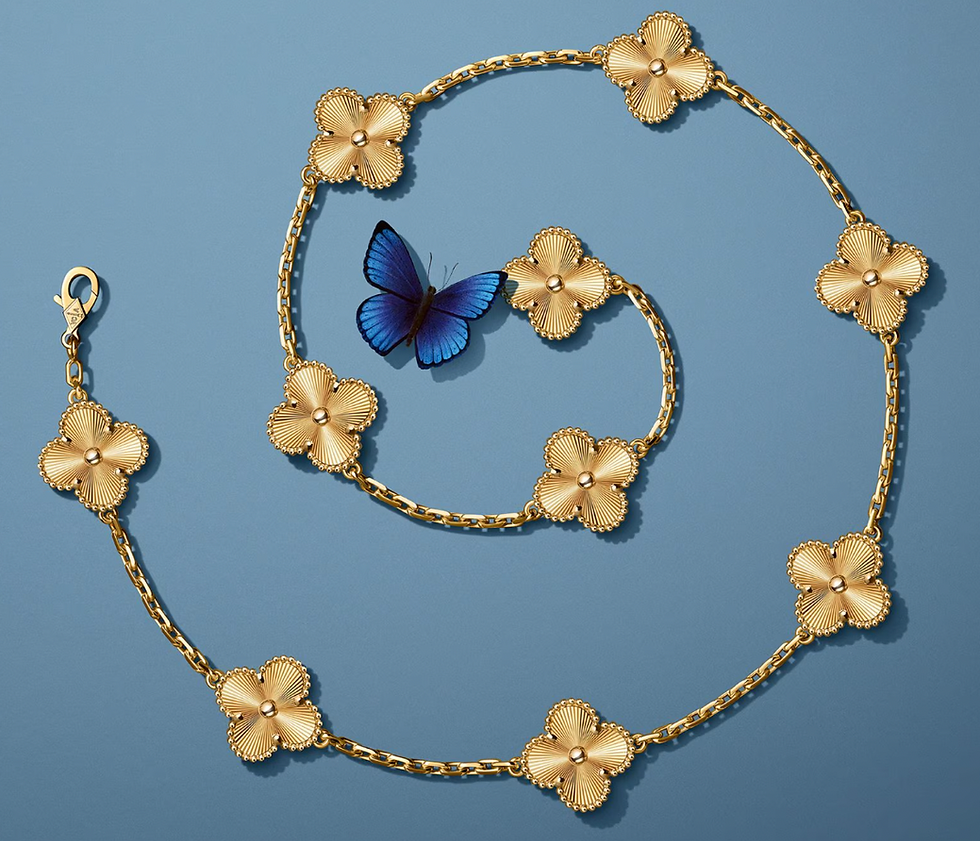Luxury watches: when the object becomes value
- Evaluart

- Apr 16
- 4 min read

Once given to celebrate a life passage or passed down as an heirloom, luxury watches have survived the ages without ever losing their aura. But in recent years, their status has evolved: they are no longer just witnesses to the passing of time, they sometimes become economic players in it.
In a world saturated with digital data, where everything moves very quickly and the virtual takes over, tangible luxury reassures. And in this world of the precious, the watch asserts itself with a quiet force, halfway between an object of art, an outward sign of taste, and a strategic heritage asset .
An object of emotion and engineering
What's striking about the watchmaking world is the subtle blend of emotion and technique. A luxury watch is never a simple product. It's the result of meticulous, often artisanal, expertise inherited from generations of Swiss, French, and German watchmakers.
Each model is designed with the utmost precision: balance of movement, choice of materials, dial design, harmony of complication. But beyond the mechanical prowess lies the symbolism. To wear a watch is to embody something. A certain style. An era. A philosophy.
Rolex evokes masterful success, Patek Philippe inherited elegance, Audemars Piguet bold lines, Richard Mille radical innovation. Brands don't just sell objects; they offer a vision of the world to those who wear them.
The explosion of the secondary market: between rarity and speculation
Over the past fifteen years, the luxury watch market has undergone a major transformation. While access to certain models has become more restricted (waiting times of several years in stores for certain references), demand has continued to grow. As a result, the secondary market , that is, the resale market, has become as dynamic, or sometimes even more so, than the primary market.
Models like the Rolex Daytona, the Patek Philippe Nautilus, and the Audemars Piguet Royal Oak have become true icons. Their prices have skyrocketed, sometimes beyond reason. This phenomenon can be explained by a combination of maintained rarity, a strong image, and a growing interest among investors in tangible safe havens .
Because in an unstable economic world, where currencies can lose value and stock market volatility reigns, luxury watches appear to be reassuring investments. They can be worn, admired, passed on. And sometimes, resold at a profit.
Buying a watch: a multi-dimensional decision

It would be reductive to view the purchase of a watch as nothing more than speculation. For many, it's an emotional, even intimate purchase. A watch chosen to celebrate a birth, an achievement, a milestone in life. But the strategic dimension is no longer ignored.
Today, more and more buyers are researching, comparing, and studying price trends and demand trends. Purchasing is driven by a dual purpose : to treat yourself and to invest wisely. This is why certain so-called "safe" references are favored: well-known models that are easy to resell and not subject to fads.
In this process, the condition of the watch, the presence of the box and papers, the service history, and even the place of purchase have become essential elements to consider. As with a work of art, everything surrounding the piece contributes to its future value.

Selling your watch: patience and good timing
Selling a luxury watch is no longer a rare occurrence. It's now a reflex among many enthusiasts, who are expanding their collection or taking advantage of a model's appreciation to generate added value. Specialized platforms, auction houses, and high-end second-hand stores have multiplied, making resale more accessible.
But selling at the right time requires finesse. The market moves fast. What's in demand today may be forgotten tomorrow. Some models follow price curves that are highly sensitive to current events, the discontinuation of a model, or the announcement of a new collaboration.
Understanding market dynamics is therefore essential. And sometimes, it's better to wait a few more months or years before parting with a model, especially if it's rare or in exceptional condition.
A luxury that hybridizes, but doesn't go out of fashion
Despite the rise of smartwatches and wearable technology, the market for luxury mechanical watches is not slowing down. On the contrary. Authenticity, durability, and the beauty of craftsmanship are increasingly appealing to younger generations in search of meaning and substance .
Paradoxically, the more the world becomes digital, the more tangible luxury regains strength. We're rediscovering the pleasure of the weight of a watch on the wrist, the ticking of a hand-wound movement, the slow gesture of a collector opening his case like a half-open chest.
Even watch brands have realized this: while they innovate, they never betray their DNA. Far from being a flashy luxury, the watch has become one of the rare objects still capable of combining modernity, tradition, and emotion.
Time as heritage

In the world of luxury, few objects transcend fashions, crises, and generations with as much power as a beautiful watch. It says something about the person who wears it, but also about the era that created it.
Today, owning a luxury watch is both a celebration of time, a part of a culture , and sometimes, a wise position in a constantly evolving market.
Whether you buy it for taste, sell it for strategy, or keep it out of attachment, the luxury watch is more than an object: it is a form of contemporary heritage , intimate, mobile, and quietly precious.



Comments